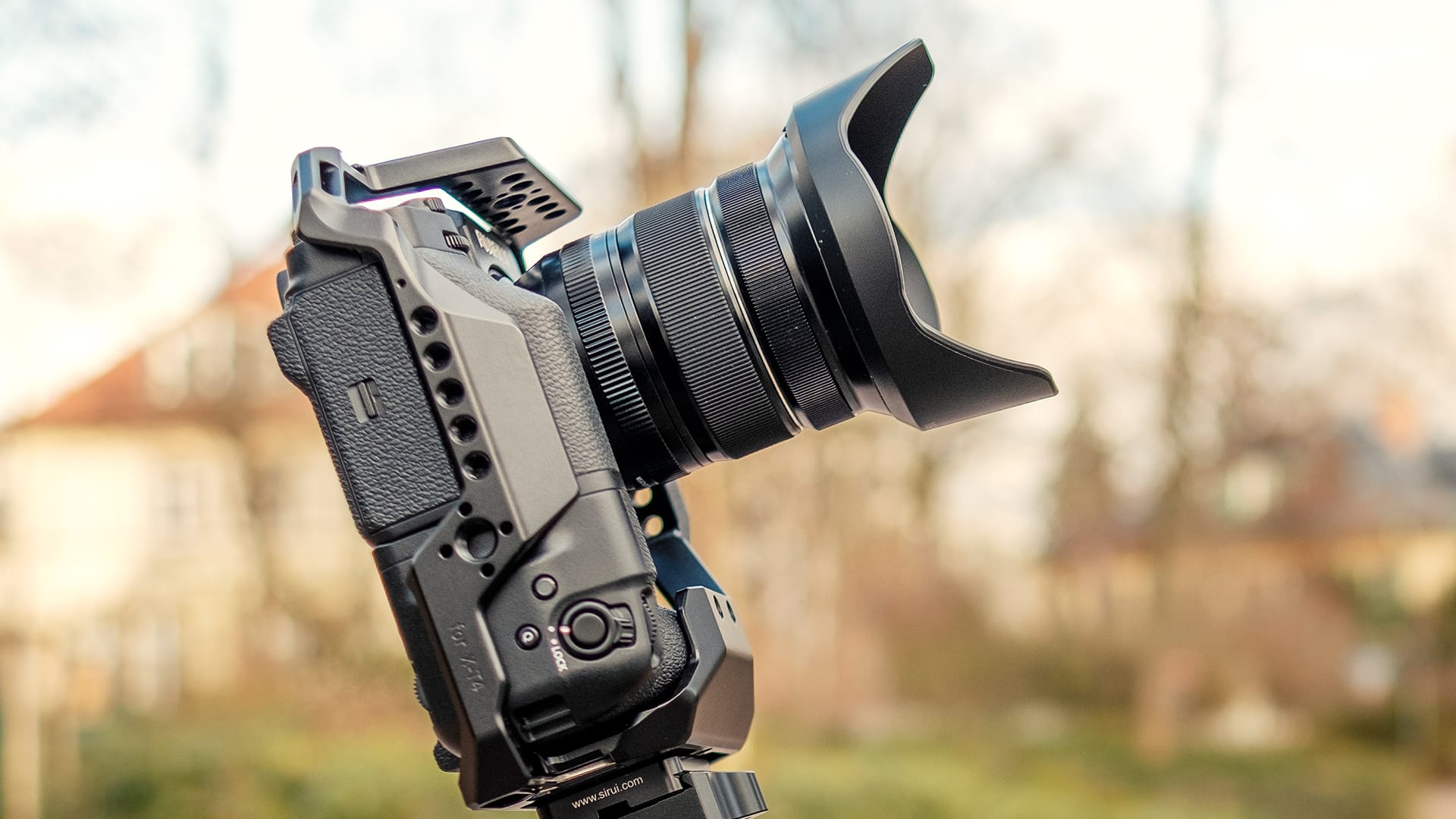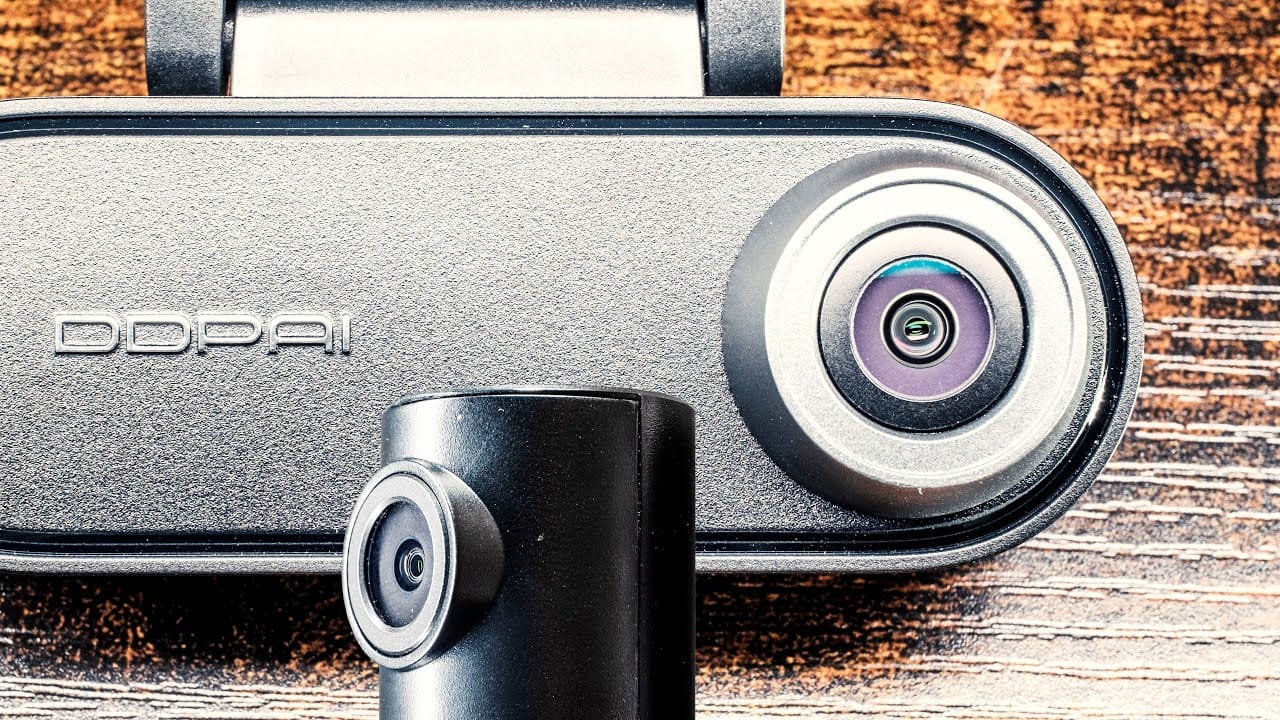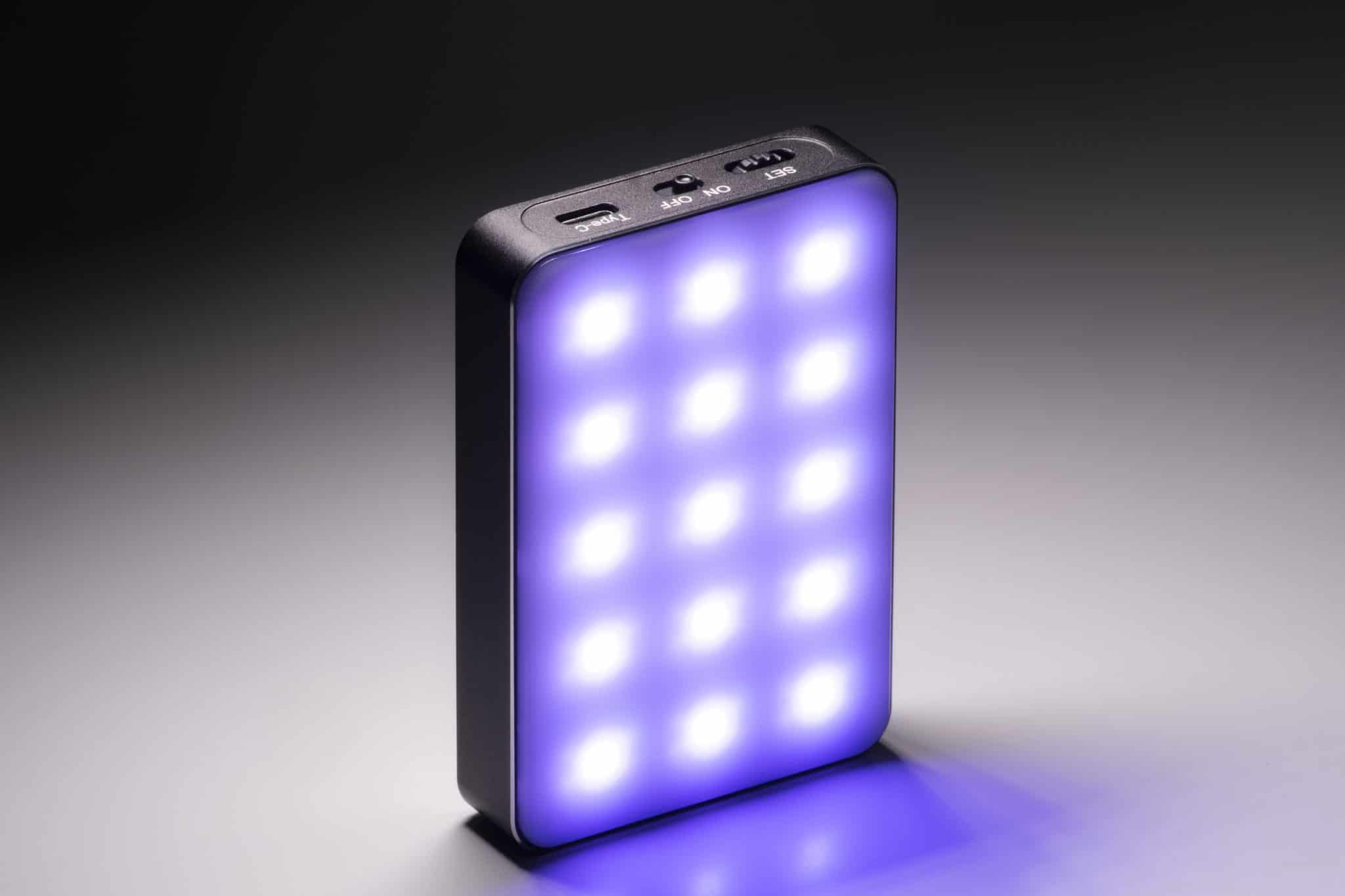The 10-24mm F/4 R OIS WR is an updated version of the ultra-wide angle lens from Fujifilm with weather sealing.
The weather sealing is useful to have to ensure the camera’s safety when shooting in the rain, snow or maybe in the dessert. I have tested it during heavy snowfall and moderate rain for each over an hour continuously and have had no water in either the lens or the camera’s body.
Continuous auto focus while filming is surprisingly quiet. There’s almost no motor noise audible even when recording with the internal microphone. Face and eye tracking works well when the subject is within a 1m to 2m range of the lens. The AFC sometimes loses it’s subject in darker surroundings without good lighting. Overall the auto focus seems to do a good job compared to older Fujinon XF glass. But I would recommend only using the AFC for rather close shots of people and faces. Too much distance to a subject can cause the focus to struggle.
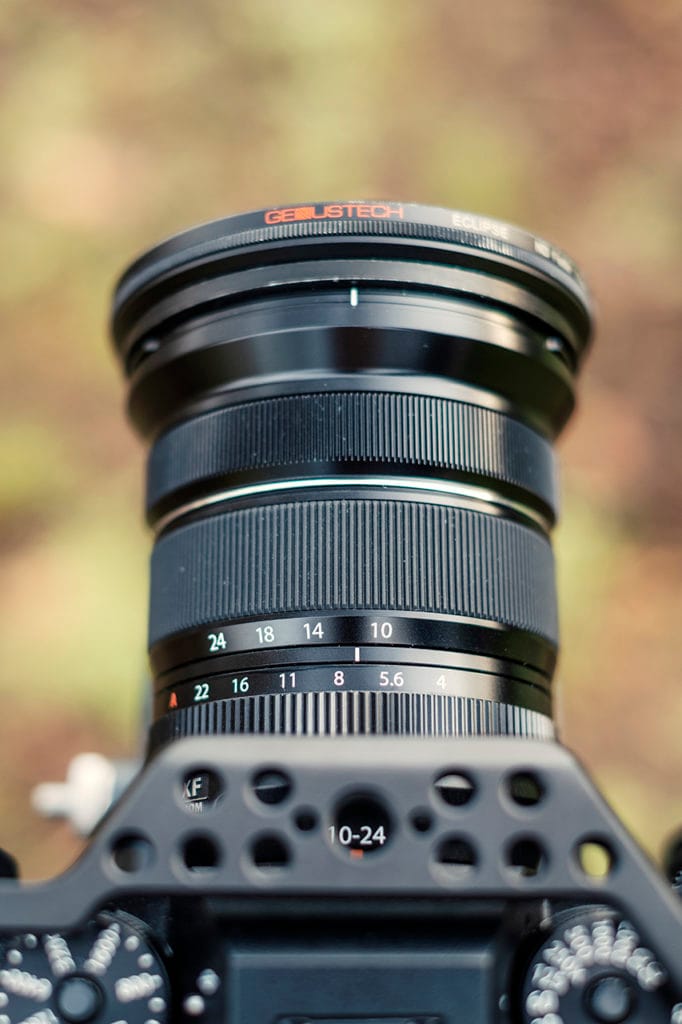
When it comes to manual focus: Even when activating linear focus, it’s challenging. It’s not precise and suddenly jumps from macro to infinity. Focusing on infinity is the trickiest since infinity sometimes is being displayed at 3m and sometimes beyond 10m. For that reason, using a focus pull as a creative effect is pretty much impossible. But to be fair, a lot of other XF lenses have that same issue.
I highly recommend not only using focus peaking but also the automatic punch-in when turning the focus ring. That way it’s easier to double check what’s in and what’s out of focus.
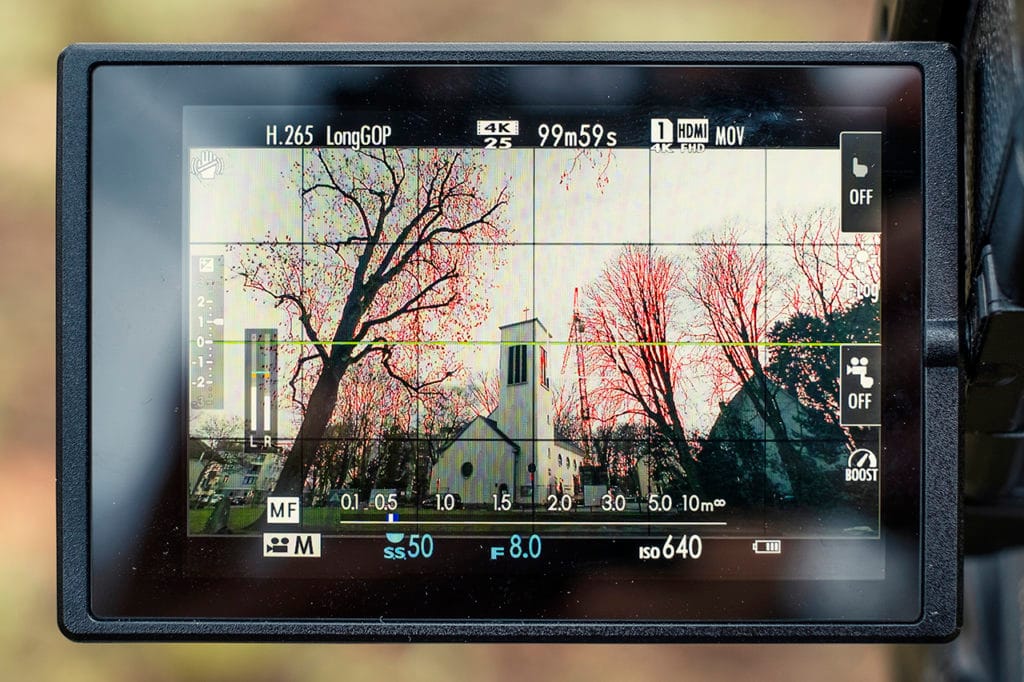
The image quality is quite good at F/4 but the corners can be a bit distorted or soft depending on the shot. But even the much more expensive 8-16mm F/2.8 from Fuji has some sharpness issues in the corners. The good news is that there is no heavy vignetting or barrel distortion but a clean linear look.
The only button or switch on the lens itself is an auto aperture lock. When switching to auto, the aperture ring won’t move anymore unless the button is being pressed down. It would have made sense if every aperture could be locked like this but unfortunately it’s only possible when switching to auto aperture.
The previous version of the lens had an auto aperture lock, which often switched by accident. That is probably the reason why Fujifilm changed the design.
Something missing on the new lens is the OIS switch. This was a quick way to turn the optical image stabilization on or off. The new WR lens now always has the OIS on unless it’s being turned off in the camera’s menu.
With cameras that have IBIS like the XS-10 or X-T4 this means either having double stabilization or no stabilization at all. This can be an issue when filming especially with a wide-angle lens like this one. Because in-body image stabilization and wide-angles don’t work well together when it comes to motion. There will always be a wobble effect visible in the edges, either when panning, tilting or recording hand-held. For the 10-24mm, a camera without IBIS, like the X-T3, would actually be the better choice because only the optical image stabilization would be used and deliver smooth results.
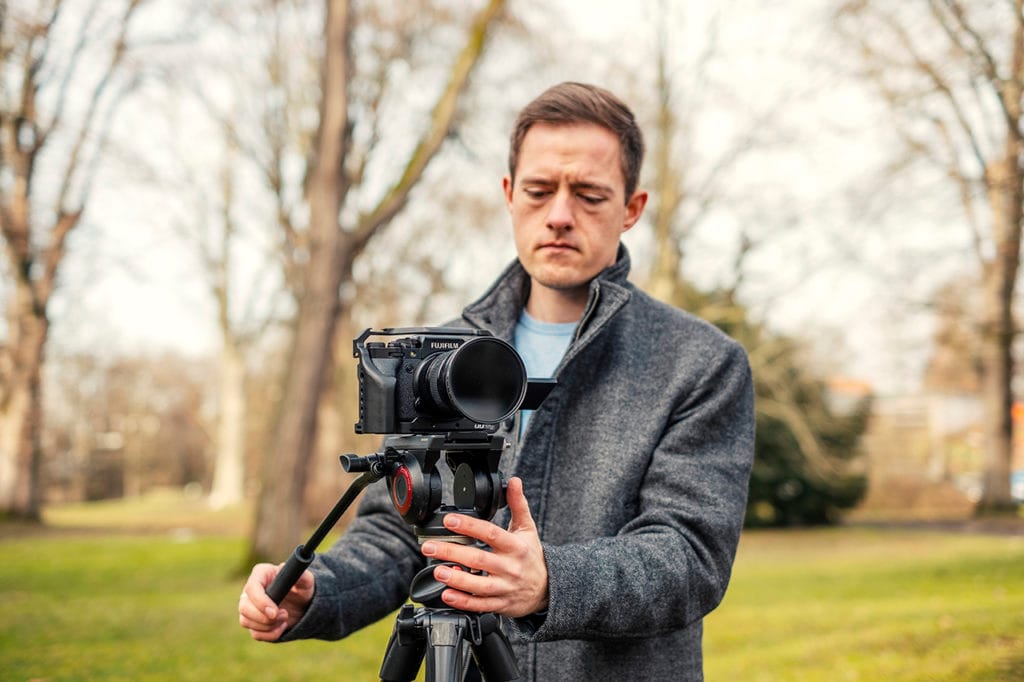
When carrying the camera it easily happens that the focal length changes accidentally. It makes sense to double check if the lens is at the wide end if needed. It happened a few times that I thought the lens was set to 12mm or 14mm instead the wanted 10mm.
The close focusing distance of 24mm or 9.4 inches is useful for dramatic effects. It’s also a good way to isolate the background which isn’t always easy at F/4.
Even though using a physical zoom as an effect is rather uncommon these days it’s important to mention that there is a change in exposure visible when zooming in or out. Not smooth and continuous but in steps.
Regarding the ergonomics, the lens seems to be well-built. It’s not too heavy or too big to carry around. The lack of an OIS switch is something Fujifilm should overthink because there are a lot of reasons to turn the stabilization on and off quickly. Other than that, it’s a solid piece of gear.
I have used the original 10-24mm a lot on documentary shoots and corporate productions so I am very familiar with the lens. It’s always been a reliable lens for wide-angle shots because of the useful zoom range. This is a capable tool for gimbal or steadycam shots, not just from the focal range but also from a physical point of view. The lens doesn’t expand which means the gimbal doesn’t need to be re-adjusted or re-calibrated because the weight distribution stays the same no matter the focal length.
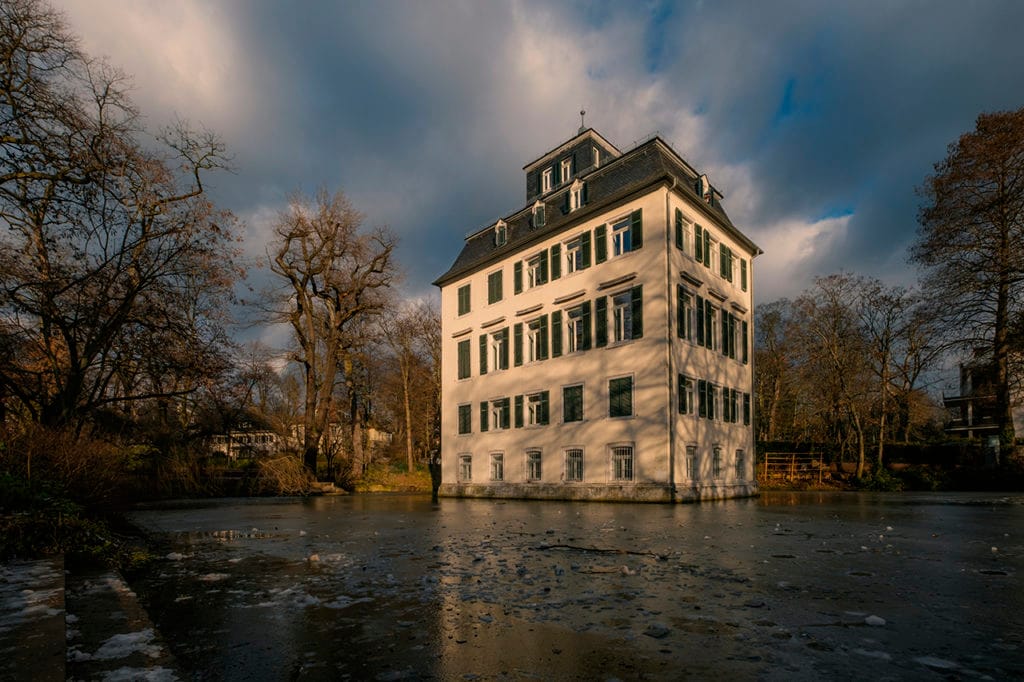
Besides being able to use the lens for video it’s also a versatile tool for photography and timelapsing. I have already used the previous version plenty of times on timelapse productions. Having the weather coating is certainly a much wanted and needed upgrade for everyone who shoots a lot in nature.
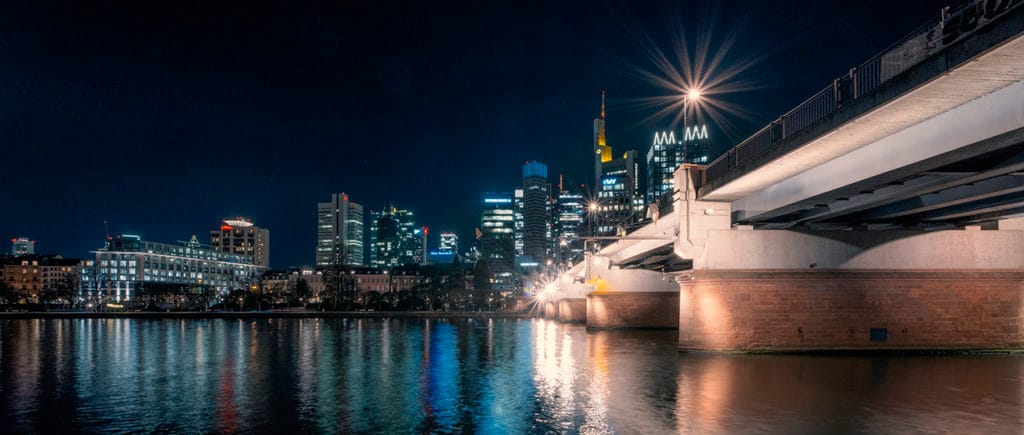
I personally think that 10mm is the ideal focal length for a lot of filming scenarios. Not just for news and documentaries but also for gimbal shots, architecture or of course landscape. Whenever I used a wider lens, I often had to crop in a bit later because it was simply too wide or something was in frame that wasn’t supposed to be.
The Laowa 9mm F/2.8 also is a good choice for Fujifilm X-cameras because it’s small, built like a tank and almost has no visible distortion. The main advantage can also be considered a downside: The focal length of 9mm which is simply too wide in a lot of cases.
A more affordable option would be the Samyang or Rokinon 12mm F/2. It has barrel distortion and is not really usable wide open but rather at F/5.6 due to heavy vignetting. The Laowa and the Rokinon both have visible vignetting and are manual lenses which can be an advantage when recording video.
The main limitation of the Fujifilm 10-24mm for video has been and still is with this updated version, the aperture of F/4. For daylight shoots this is not a big deal but for anything that lacks good lighting this lens’ use is certainly limited. A pricey but solid alternative could be the 8-16mm F/2.8. But it’s big, bulky, heavy and doesn’t have a filter thread, which is an issue when needing to use variable ND filters. So this could be a worthy alternative for photographers but not for filmmakers. The 10-24mm WR on the other hand has a 72mm filter thread. The Fujifilm 10-24mm F/4 WR is not really an upgrade but rather an alternative version. The optics don’t really seem to have changed or been improved. The main reason to get this updated lens is simply the weather coating. If you don’t film or photograph a lot in the rain, dusty environments or care much about continuous auto focus, I think the original version is still a well-working tool.
Written by filmmaker Moritz Janisch on February 1, 2021
